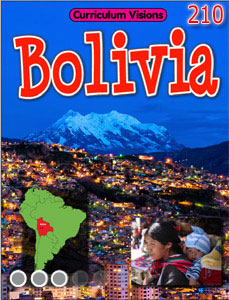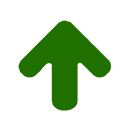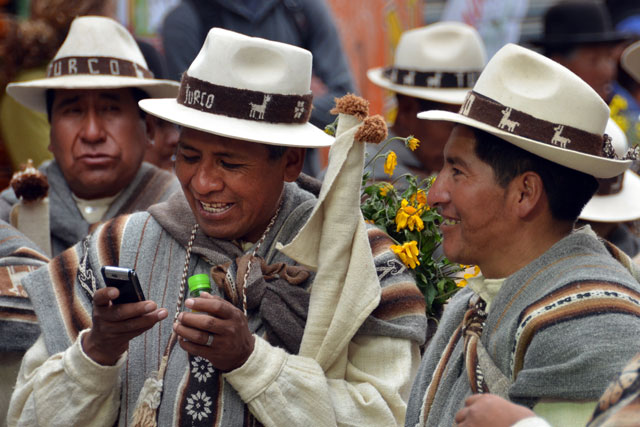Bolivia is one of the world's most spectacular countries. It stretches across the High Andes mountains in South America where the mountains are at their widest. It has no sea border and was once part of Peru. Its neighbours are Brazil to the north and east, Paraguay and Argentina to the south, Chile to the southwest, and Peru to the west.
Bolivia has seen many changes in its past. Before the arrival of the Spanish colonists in the 16th century it was part of the Inca Empire and it was home to huge empires of thousands of years before than that. The Incas valued Bolivia for its wealth of gold and silver – and this was an important reason the Spanish wee so keen to take over the land of the Incas.
Spanish rule was centred on the city of Lima in Peru and from here it governed most of Spains' colonies in South America. While Bolivia was under Spanish rule, it was called Upper Peru.
But the country owes its name and its independence to Simon Bolivar, a revolutionary who wanted to end colonial rule. That happened in 1809. The money for Bolivia is still called the bolivar, after the most famous person in the country's history.
The problem for Bolivia is that is stretches over such an enormous range of landscapes. Bolivia contains both rainforests along the banks of the Amazon and some of the highest volcanic mountains and most severe deserts in the world.
It was always a land that others used to get wealth and it was never allowed to develop on its own. Bolivia could be a wealthy country, as it has huge supplies of tin, copper, silver and gold as well a oilfields. But at present half the population live in poverty.
About ten million people live in Bolivia, speaking more than 38 different languages. The main language of educated people is Spanish, but the wide variety of languages tell of how many people in the country live isolated from one another.
The people of Bolivia have many origins. Native Americans make up the majority, but there are also small numbers of people of European (colonial) and Africa (slave) descent.




